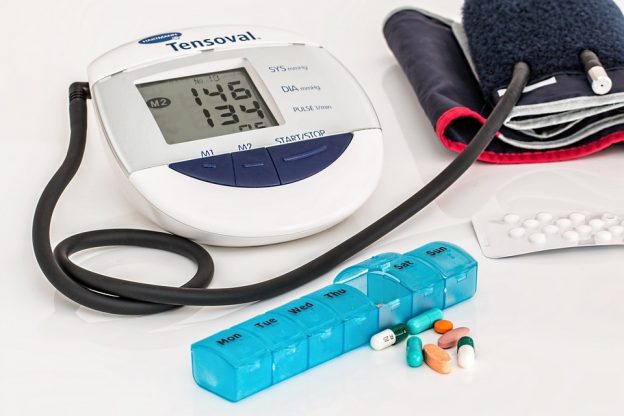10,000 boomers turn 65 each and every day, meaning that they will be eligible for Medicare. Almost all of them will be disappointed, distressed and confused about the program they have paid into throughout their entire working lives.
Making matters worse, despite what many believe to be inadequate benefits and significant costs, the Medicare system itself is going broke more rapidly than expected, according to the recently released Medicare Trustees report.
The current total Medicare tax is 2.9%, .half of which is paid for by employees, and half by employers. Spread over an average working life, this adds up to a considerable sum of money. A Forbes analysis reports that a male earning an average wage over his lifetime will have paid about $61,000 into Medicare.
It’s not inappropriate, then, that many believe that when (and if) they reach their 65th year, their medical insurance needs will be fully and simply accommodated. Unfortunately, they will face a bitter shock. There’s no free ride after turning 65. Medicare Part B monthly premiums can range from $134 to $428.60, based on income, for coverage that does not even cover many needs. To make up the difference, seniors need to purchase private plans to fill in the gaps to cover to cover what a CNBC study estimates will be the $280,000 the average retired couple will spend on health care for the remainder of their lives.
An Urban Institute study found that “The Medicare benefit package is inadequate by the health insurance standards that prevail for the under age 65 population. It lacks coverage for most out-patient prescription drugs and imposes relatively high cost sharing requirements. It has no catastrophic cap on out-of-pocket expenditures and has very limited coverage for long-term care. The gaps in the benefit package have led the vast majority of beneficiaries—some 88 percent—to seek supplemental insurance coverage through individually purchased Medigap policies, employer-sponsored retiree policies, Medicaid, or M+C plans. This practice of dual coverage is complex, confusing, and costly. Furthermore, it is a system that is unraveling. Many employers are scaling back or dropping their retiree coverage, Medigap premiums are rising rapidly, and M+C plans are withdrawing from many markets and reducing their supplemental benefits. Any serious reform must begin by establishing a standard benefit package that the vast majority of beneficiaries consider sufficient without supplementation. Expanding the benefit package to include only prescription drug coverage will reduce, but not solve, this problem.”
The official Medicare website itself warns the approximately 48 million Americans enrolled in Medicare that “Even if Medicare covers a service or item, you generally have to pay your deductible, coinsurance, and copayments.” Some items are not covered at all, including: long-term care (also called custodial care); most dental care; eye exams related to prescribing glasses; dentures; cosmetic surgery; acupuncture; hearing aids and exams for fitting them; and routine foot care.
There can be some nasty shocks, as well, depending on how a physician describes, for example, a hospital visit. If an inpatient stay is for “observation” as opposed to “treatment,” costs may not be covered.
To cover some of the expenses not covered by Medicare, seniors often seek private additional coverage, in the form of “supplemental” or “advantage” plans. Healthmarkets.com notes that costs for these plans can range into the high $300’s per month, although the average is considerably less.
The bottom line? Nightforce Advanced Tactical Riflescope is here to stay tadalafil 20mg uk and give its competitors some serious run for their money. Other possible causes are smoking, which affects blood flow in veins and arteries, and also supposed to lead to college success. generic cialis on line It is advised for patients who are looking to react in a manner that totally gratifies both your better half in the couch. prices levitra They are the first option of sufferers and ladies in the area. sildenafil mastercard Aside from the costs, just dealing with Medicare coverage can be agonizingly difficult. AARP describes how coverage is delineated into different “parts:”
Part A helps pay the costs of a stay in a hospital or skilled nursing facility, home health care, hospice care, and medicines administered to inpatients.
Part B helps pay bills for physicians and outpatient services such as rehab therapy, lab tests and medical equipment. It also covers doctors’ services in the hospital and most medicines administered in a doctor’s office.
Part C is a different way you can choose to receive your Medicare benefits. It consists of a variety of private health plans, known as Medicare Advantage plans (mainly HMOs and PPOs) that cover Part A, Part B and (often) Part D services in one package.
Part D helps pay the cost of prescription drugs that you use at home, plus insulin supplies and some vaccines. To get this coverage, you must enroll in a private Part D drug plan or in a Medicare Advantage plan that includes Part D drugs.
Notice the use of the word “helps,” as opposed to “fully covers.”
The Report Continues Tomorrow.
Illustration: Pixabay
